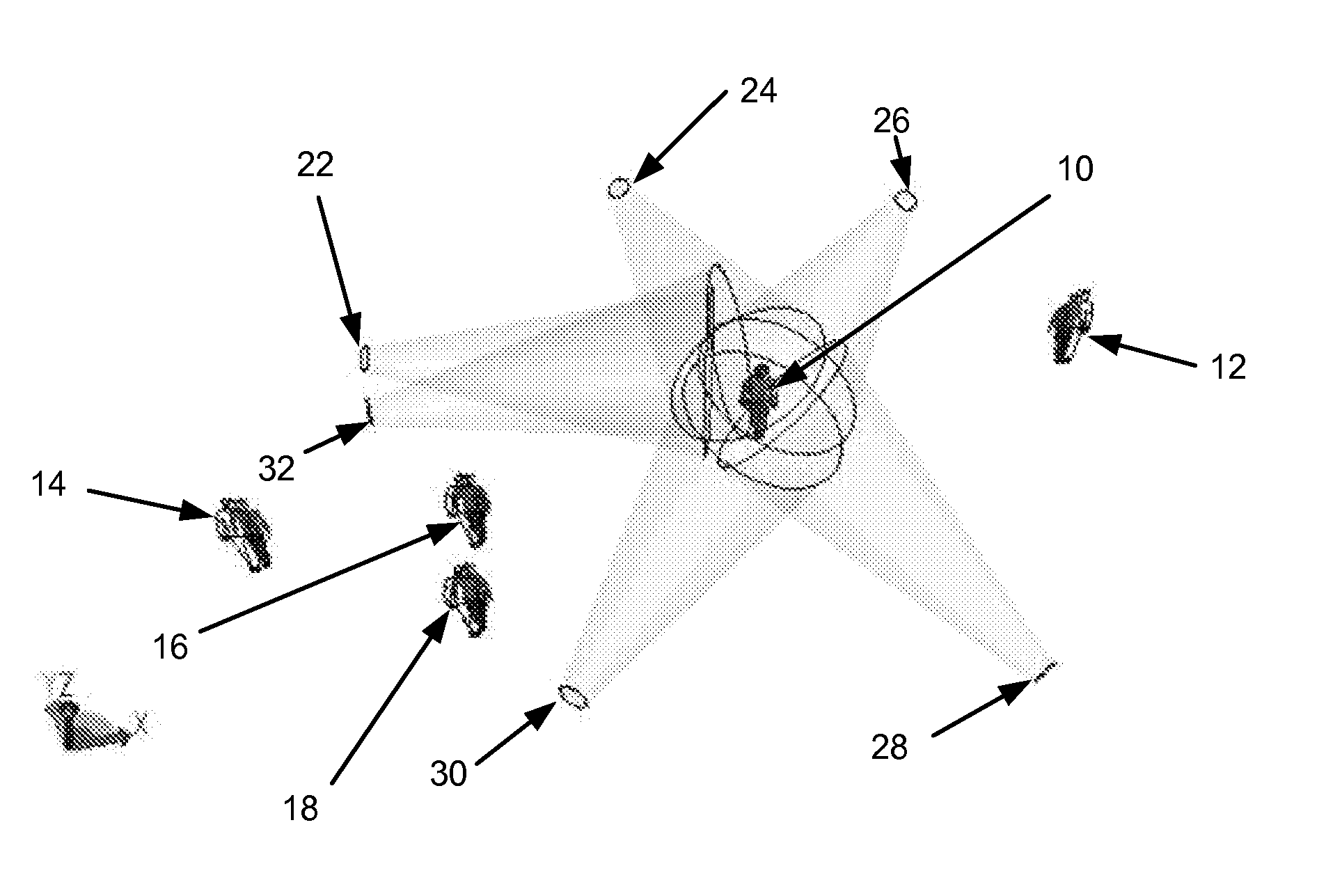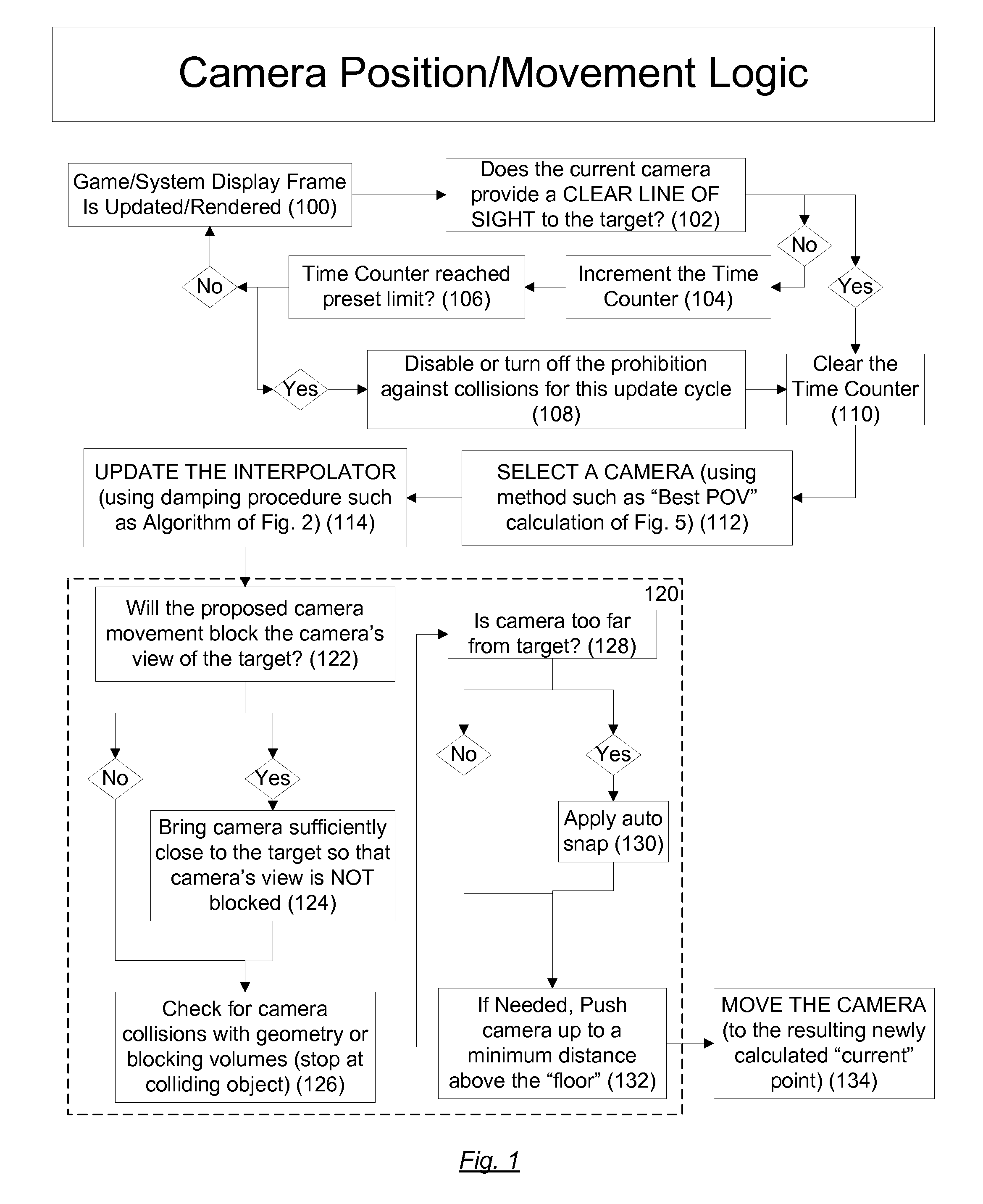Apparatus and Methods of Computer-Simulated Three-Dimensional Interactive Environments
a technology of interactive environments and computer simulation, applied in the field of computer simulation three-dimensional environments, can solve the problems of reducing the actual focus of the user, affecting the ability of the user to focus on the actual, and limiting the amount of what can be programmed into the digital environment experience such as a video game,
- Summary
- Abstract
- Description
- Claims
- Application Information
AI Technical Summary
Benefits of technology
Problems solved by technology
Method used
Image
Examples
Embodiment Construction
[0031]Embodiments of the present invention will now be described with references to the accompanying Figures, wherein like reference numerals refer to like elements throughout. The terminology used in the description presented herein is not intended to be interpreted in any limited or restrictive manner, simply because it is being utilized in conjunction with a detailed description of certain embodiments of the invention. Furthermore, various embodiments of the invention (whether or not specifically described herein) may include novel features, no single one of which is solely responsible for its desirable attributes or which is essential to practicing the invention herein described.
[0032]Although the methods of the invention are described herein with steps occurring in a certain order, the specific order of the steps, or any continuation or interruption between steps, is not necessarily intended to be required for any given method of practicing the invention.
[0033]As indicated abov...
PUM
 Login to View More
Login to View More Abstract
Description
Claims
Application Information
 Login to View More
Login to View More - R&D
- Intellectual Property
- Life Sciences
- Materials
- Tech Scout
- Unparalleled Data Quality
- Higher Quality Content
- 60% Fewer Hallucinations
Browse by: Latest US Patents, China's latest patents, Technical Efficacy Thesaurus, Application Domain, Technology Topic, Popular Technical Reports.
© 2025 PatSnap. All rights reserved.Legal|Privacy policy|Modern Slavery Act Transparency Statement|Sitemap|About US| Contact US: help@patsnap.com



